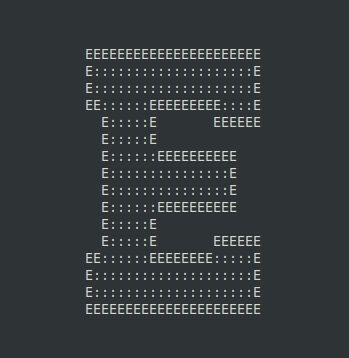8,251 reads
How to Buy a Token on the Uniswap Universal Router with Python
by
June 5th, 2023
Audio Presented by

Freelance & open source developer fiverr.com/elnaril github.com/Elnaril malt.fr/profile/elnaril
Story's Credibility





About Author
Freelance & open source developer fiverr.com/elnaril github.com/Elnaril malt.fr/profile/elnaril